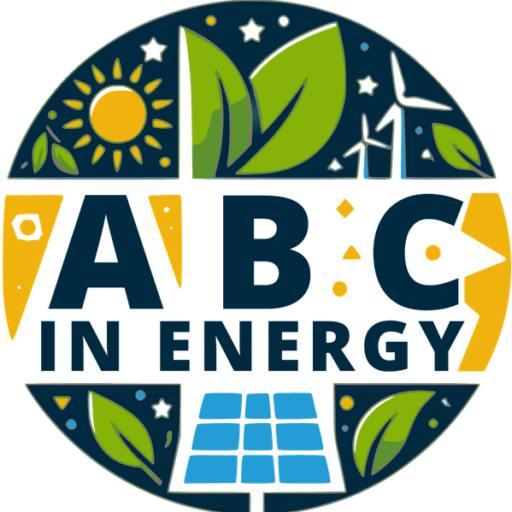ABCinEnergy is moving forward with WP2 by identifying and assessing existing data on energy Key Performance Indicators (KPIs) in higher education institutions. The aim of this phase is to evaluate available data sources, measure energy consumption and efficiency, and address gaps in energy monitoring.
Key Findings on Energy KPI Data in HEIs
- Energy Consumption Data
- Total electricity and gas consumption are recorded across most HEIs, primarily through utility billing records and internal monitoring systems. However, data accessibility varies, with some universities tracking consumption monthly, while others only report annual figures.
- Electricity consumption by service type is partially tracked across HEIs, but gaps in data completeness make it challenging to analyze energy usage patterns and optimize savings.
- Heating energy sources are tracked, but some universities lack detailed reporting on efficiency and real-time performance.
2. Energy Efficiency and Savings
- Energy efficiency per square meter is monitored by many HEIs, but there is no standard method for reporting, making comparisons difficult.
- Energy savings achieved is an essential KPI, yet some HEIs lack a historical baseline to measure progress effectively.
- Building-specific efficiency data is often unavailable, as some universities only report overall campus energy usage, without distinguishing performance by facility type.
3. Renewable Energy Integration
- Electricity generation from renewables is recorded in institutions that have installed renewable systems, but others lack data on renewable contribution to overall energy use.
- The share of energy from renewables varies widely—some HEIs have achieved high renewable integration, while others still rely primarily on fossil fuels, limiting their sustainability progress.
- Potential for increasing renewable energy exists, but lack of investment, policy barriers, and infrastructure limitations are slowing down progress.
Key Challenges Identified
- Data inconsistencies – Differences in reporting frequency and methods make it difficult to compare energy performance across institutions.
- Unmonitored KPIs – Key sustainability indicators such as carbon intensity, waste heat recovery, and commuting emissions are not tracked in most HEIs.
- Limited historical data – Some universities only have energy records from recent years, making long-term efficiency assessments difficult.
What’s next
The consortium is now preparing for WP3, where the Habit Tracker platform will be developed to measure behavioural change and its impact on energy efficiency.

